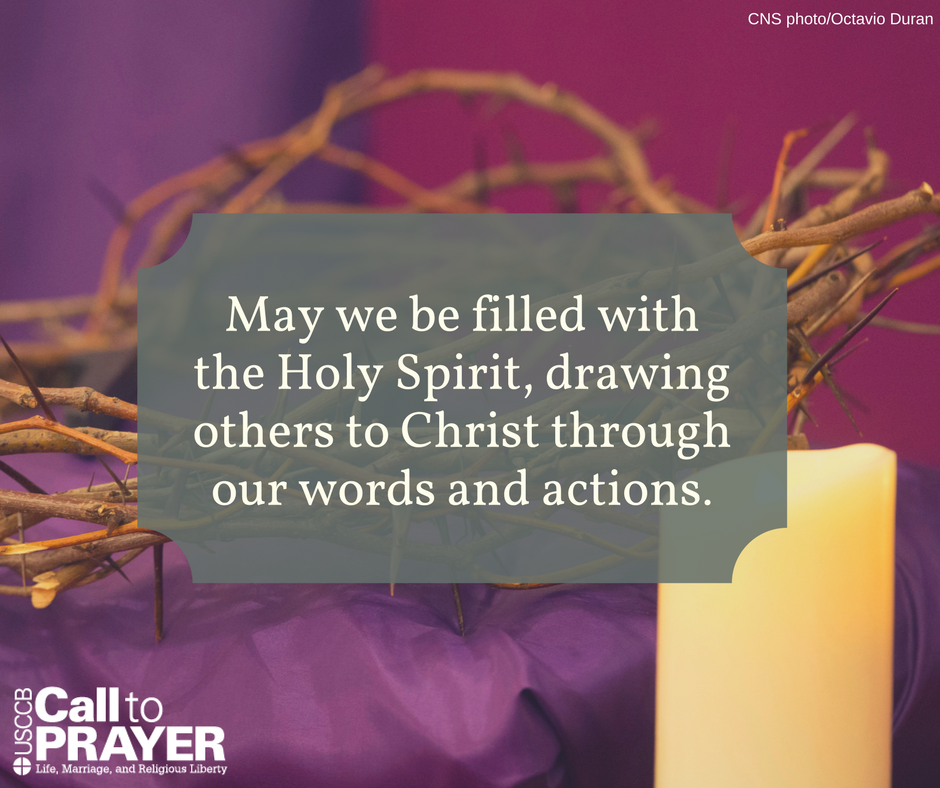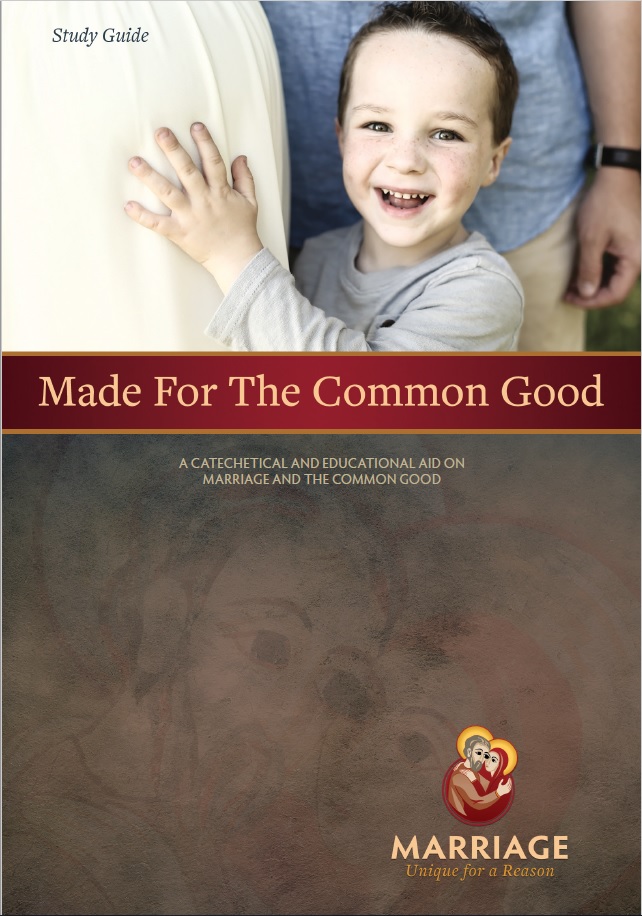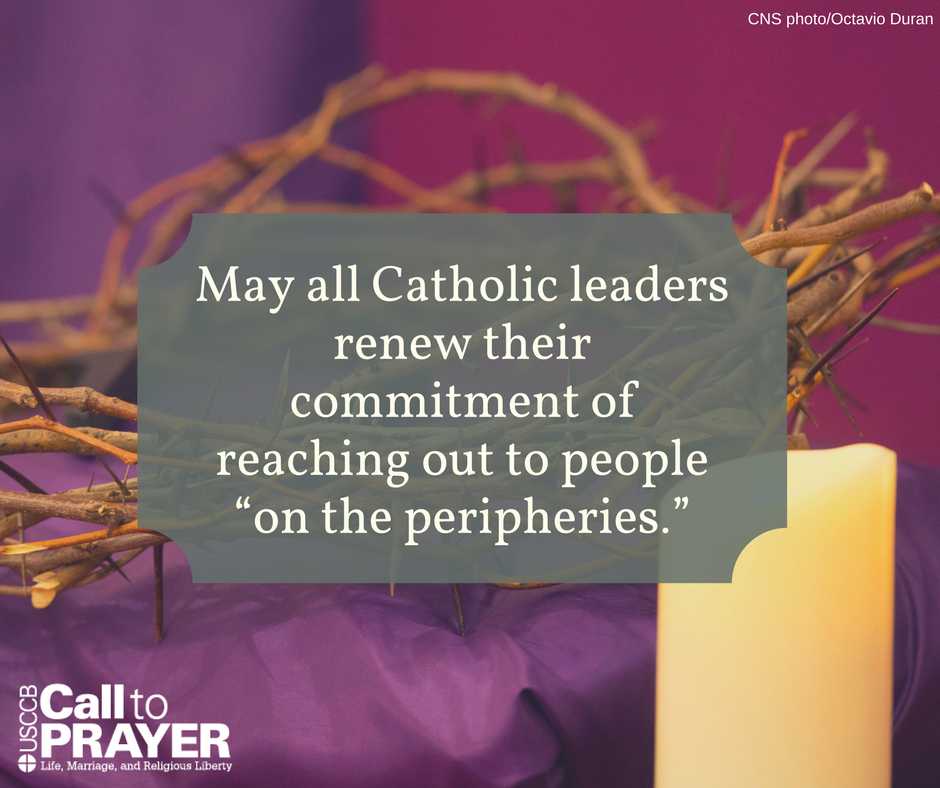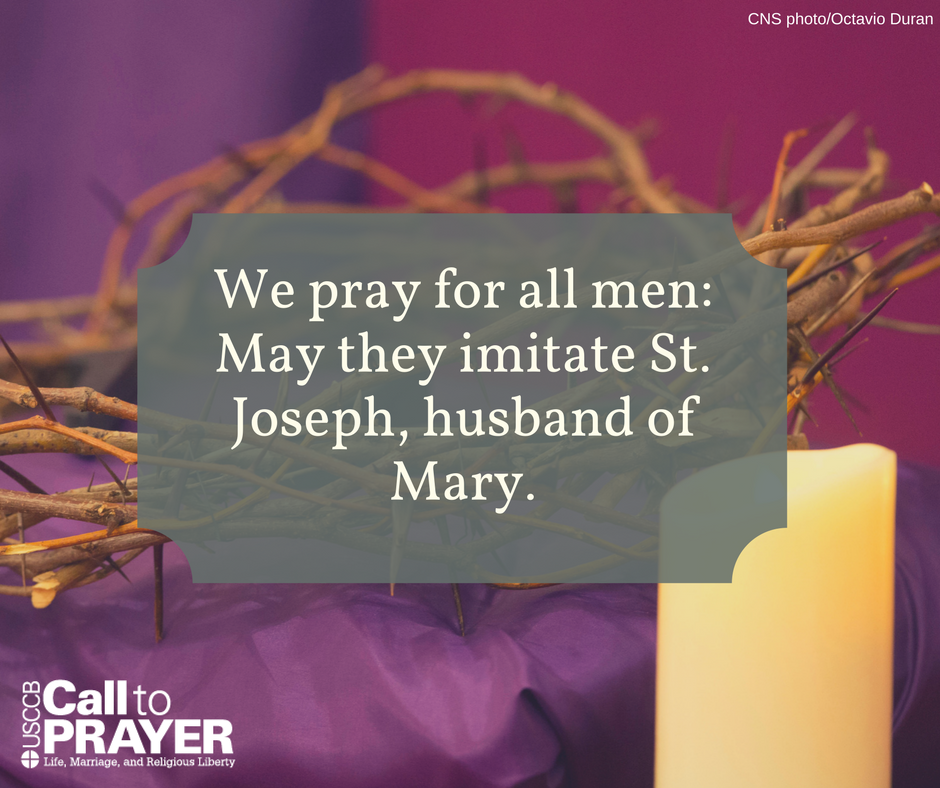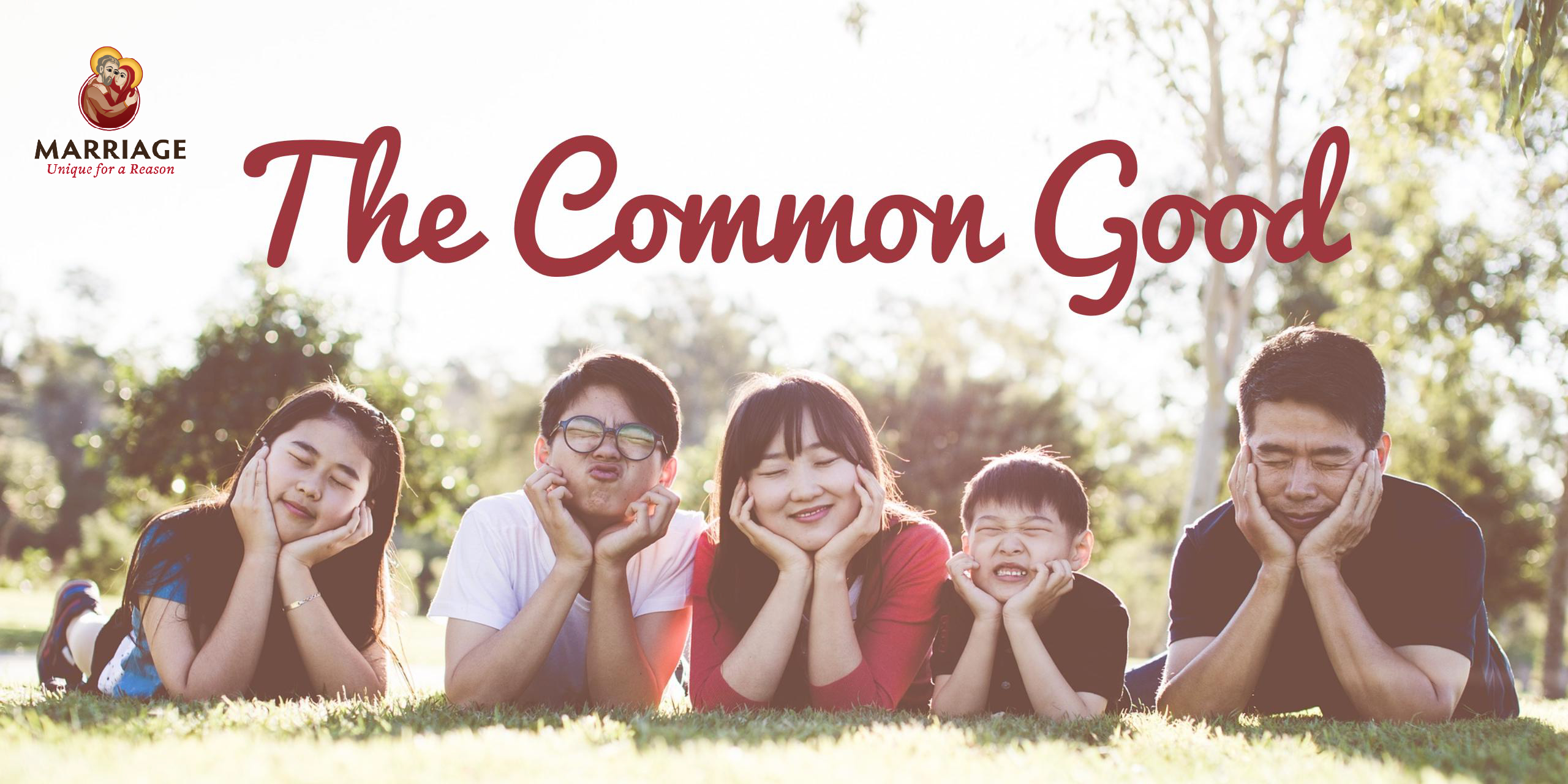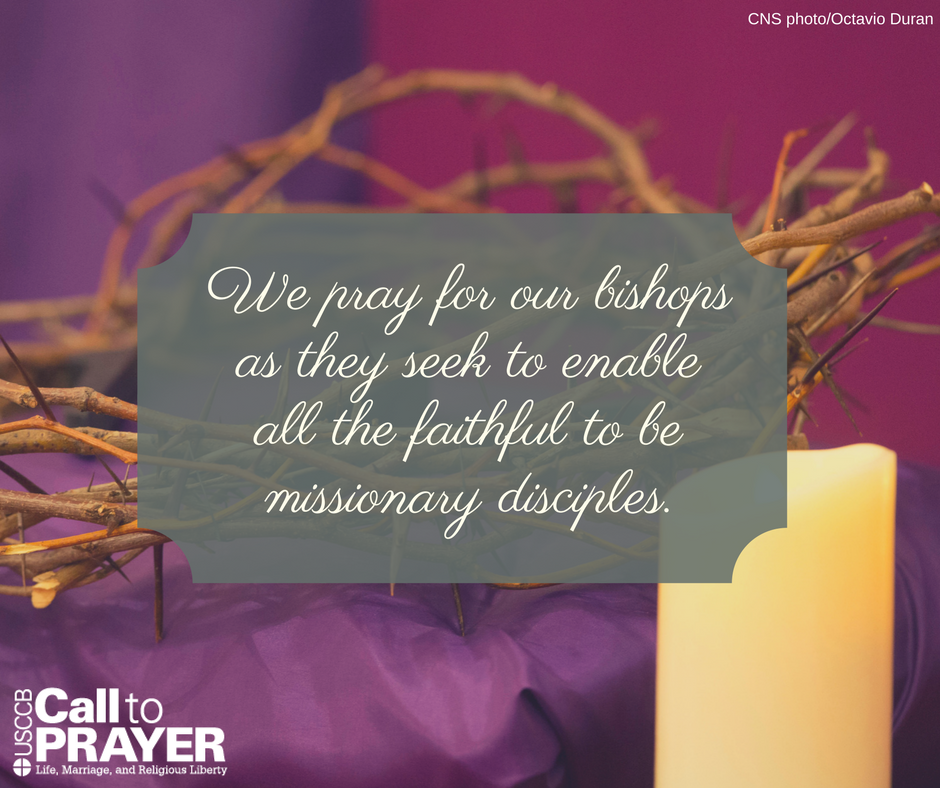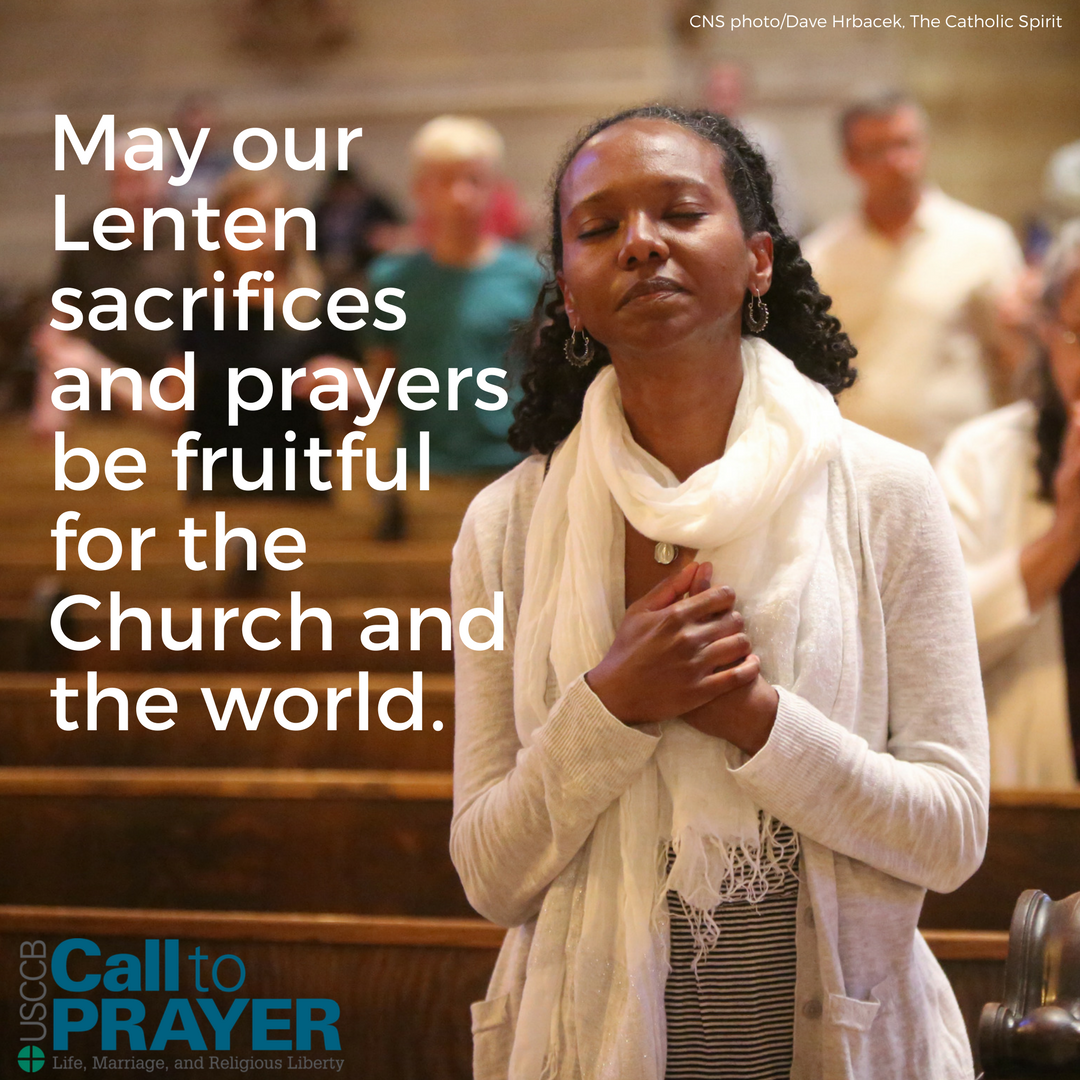Call to Prayer: March 31, 2017
Archive
A Child’s Potential: Made for the Common Good Series
In today’s clip, Peter Range discusses the way a child can reach his or her “full potential” in the care of a loving mother and father. He is speaking in a particular way from his experience assisting with the Church’s adoption ministry.
While expressing support and admiration for those generous single persons who feel called to open their homes to children who are in need of adoption, the general preference of the Church for adoptive situations is to entrust a child to a married mother and father, who can supply the kind of home that the child has lost.
Is it just that you need two people? Would two mothers or two fathers be just as good?
Consider your own relationship with your parents, or even with aunts and uncles or nieces or nephews. Our relationships are necessarily conditioned by our physical reality. A hug from your dad is experientially just a different thing from a hug from your mom. The way you relate to others has to do with whether you are a man or a woman—that does not mean simply that you can’t do x, y, or z but rather that when you do x, y, or z, you do those things as a man or as a woman. Therefore, the way you learn about relationships as a child is in large part through watching a man and a woman—your parents—interact every day before your eyes. You also learn as a child that your sister and brother aren’t treated exactly the same way and that Uncle Joe is the one who throws you in the air while Aunt Sally pinches your cheek. It’s just different.
Question: How do you think a child’s ability to reach his or her potential is affected by family structure? Why?
Archive
VA Bishops Statement on Religious Freedom
Arlington Bishop Michael F. Burbidge and Richmond Bishop Francis X. DiLorenzo made a statement on the governor’s veto of a bill defending the right of religious organizations to practice their faith in various ways. Read the whole statement at the Arlington Catholic Herald.
“The bill merely sought to preserve fair access to public resources – like tax exempt status, contracts, grants and licensure — for religious charities and schools that hold to their longstanding belief that marriage is between a man and a woman…
“Just as serving the most vulnerable is inherent to our Catholic faith, so is our understanding about the nature of marriage. We cannot sever one from the other. We are dismayed that with this veto the governor fails to recognize the right of these organizations to profess and practice their faith.”
Archive
Made for the Common Good Study Guide
The study guide is out for Made for the Common Good. If you liked the video, you may enjoy going deeper into its themes by reading the guide. And if you like it, please share it!
Archive
Call to Prayer: March 24, 2017
Archive
Marriage: The Foundation, Made for the Common Good Series
In this clip from the opening of Made for the Common Good, Glenn Stanton uses the analogy of the foundation of a house to help us think about marriage’s role in a community.
Did you know that, even if the neighborhood is not safe in general, children in married households are safer, and witness less violence, than children in one-parent homes?[i] In addition, “Even after controlling for socioeconomic factors, studies show that children who grow up in single-parent households are poorer, less economically mobile, and more prone to a variety of behavioral issues than those raised by married parents.”[ii] The stability of a home with a mother and father who are committed to their marriage cannot be overestimated.
One of the questions facing our society today is: how can we help young people to see the benefits of marriage, especially when they are inclined to be either afraid or pessimistic about it?[iii] How can we encourage young people to consider marrying, particularly marrying before having children? Despite the fact that married men report happiness at a higher rate than unmarried or cohabiting men, [iv] the number of men who are married between the ages of 20 and 39 has dropped significantly in the last twenty years. [v] It is clear that so much more needs to be done as a society and in the Church (or as the Church) to reverse this decline.
What are your ideas about this? Leave a comment and let’s start a discussion.
[i] Nicholas Zill, “Even in Unsafe Neighborhoods, Kids Are Safer in Married Families,” Institute for Family Studies, http://family-studies.org/even-in-unsafe-neighborhoods-kids-are-safer-in-married-families/ (accessed February 9, 2017).
[ii] Dwyer Gunn, “What’s Marriage Got to Do With Poverty?” Pacific Standard, https://psmag.com/what-s-marriage-got-to-do-with-poverty-369336f72f8#.6geruwigb (accessed February 9, 2017).
[iii] For an article about young men’s approach to marriage, see W. Bradford Wilcox and Nicholas H. Wolfinger, “Hey Guys, Put a Ring on It,” National Review, http://www.nationalreview.com/article/444746/marriage-benefits-men-financial-health-sex-divorce-caveat (accessed February 10, 2017).
[iv] Ibid.
[v] Ibid.
Archive
Call to Prayer: March 17th, 2017
Archive
Made for the Common Good Series
“The common good embraces the sum total of all those conditions of social life which enable individuals, families, and organizations to achieve complete an effective fulfillment.” – Pope St. John XXIII, Mater et Magistra, no. 74
What does “the common good” of society mean?
The Catechism’s section on the common good (nos. 1905-1917) lists three essential components:
- Respect for the person
- Social well-being and development
- Peace
It notes, “The common good is always oriented towards the progress of persons: ‘The order of things must be subordinate to the order of persons, and not the other way around’ (Gaudium et Spes, no. 26). This order is founded on truth, built up in justice, and animated by love” (CCC, no. 1912).
To put it simply, society should be ordered in such a way that people will find it easier to be good, even to get to heaven—to develop their gifts and capacities in peace, carrying out their duties and responsibilities without having to struggle against oppression or fear, able to act according to their consciences. The common good is meant to ensure that people may live a “truly human life” (CCC, no. 1908). Government, the state, has a role to play in upholding the common good (see CCC, no. 1910) by supporting institutions that are good for all.
Strong marriages—marriages in which a man and a woman stay together for their entire lives—are good for society as well as for the couple themselves. They serve as examples to the community of the virtues of love, fidelity and perseverance. They demonstrate the capacity of the human being to live up to his or her promises. As G.K. Chesterton put it, “It is the nature of love to bind itself, and the institution of marriage merely paid the average man the compliment of taking him at his word.”[i] Children who are raised in homes with their own married mother and father enjoy stability that no other family structure offers.[ii]
If we consider these points, it becomes clear that marriage is important to the common good of society—the institution of marriage, properly understood as a man and a woman, bound to one another and their children, helps everyone in the society to flourish. It encourages young men and women to make promises to one another if they want to be “a couple”; it gives a societal recognition of such a promise and the community’s investment in helping the couple to keep it; and it gives children the stable homes they deserve.
The series we are beginning on the MUR blog accompanies short segments of the video Made for the Common Good. In this video, various experts and witnesses discuss the importance of marriage to society. During the next five weeks, we will explore these themes a bit more. The questions provided can be used for personal reflection or for group discussion.
[i] G.K. Chesterton. “The Wildest of Adventures,” in Brave New Family, ed. Alvaro de Silva (San Francisco: Ignatius Press, 1990, p. 51.
[ii] There are many studies that show this. One article about family structure is: W. Bradford Wilcox, “Family Structure Matters – Science Proves It,” National Review, http://www.nationalreview.com/article/425957/family-structure-matters-science-proves-it-w-bradford-wilcox (accessed February 9, 2017).
Archive
Sexual Difference Matters: Made for Life Series
We finish this series on Made for Life with a clip of Katie and Pete talking about the way that marriage provides the “perfect” setting to raise a child. It takes a man and a woman to bring a new human being into the world. Two men or two women simply cannot do this. So if sexual difference is the basic necessity for conceiving a child, then it makes sense that sexual difference would also be important for raising that child. A mother and a father bring balance and ensure that children always have one person similar to and one persondifferent from them to look up to.
A child’s “first right” is to “be born in a real family,” that is, to be born to his or her own father and mother, bonded in marriage.[i] Protecting this right is a matter of social justice. As the bishops have taught, “To promote and protect marriage as the union of one man and one woman is itself a matter of justice. In fact, it would be a grave injustice if the state ignored the unique and proper place of husbands and wives, the place of mothers and fathers, and especially the rights of children, who deserve from society clear guidance as they grow to sexual maturity.”[ii]
It is sometimes claimed that what really matters for a child is the presence of any two loving, committed adults, regardless of their sex/gender. But there are major problems with this assertion. First, two men or two women are physically incapable of having a child together. Nothing they do can change this fact. Instead, two people of the same sex must either attempt to adopt a child or contract with a “third party” egg or sperm donor who contributes one-half of the child’s genetic material. This means that placing a child in the care of two men or two women deliberately separates that child from his or her father or mother in every single case. Then, those children are further denied the benefit of witnessing a healthy relationship between a father and mother and the experience of the parental love of either a man or a woman. Children deserve better.
Discussion Questions
- Why do you think the Church teaches that a child has a right to be born into a family?
- How does having a mother and father give the child the balance he or she needs?
- What other topics would you like to explore with Marriage Unique for a Reason? Leave a comment and let us know!
[i] Compendium of the Social Doctrine of the Church, no. 244.
[ii] Marriage: Love and Life in the Divine Plan, 22. The needs and rights of the child should be of fundamental concern for every society and community, as is acknowledged in “the principle, recognized also in the United Nations Convention on the Rights of the Child, that the best interests of the child, as the weaker and more vulnerable party, are to be the paramount consideration in every case.” CDF, Considerations Regarding Proposals to Give Legal Recognition to Unions Between Homosexual Persons (2003), no. 7, www.vatican.va/roman_curia/ congregations/cfaith/documents/rc_con_cfaith_doc_20030731_homosexual-unions_en.html.
Archive
Call to Prayer: March 10th, 2017
Archive
Mothers and Fathers are Different: Made for Life Series
This week’s clip begins with Katie and Pete talking about how they play differently with their kids, and moves to Pete talking about society’s obligation to support that which is best for children.
That mothers and fathers are different is a common sense and intuitive statement. It does not mean that “All moms do X” or “All dads do Y” but rather that mothers and fathers, even when they do the exact same thing, do not do it the same way. Men and women just do things differently.
Why is this important and beneficial for children? Sociologically, we don’t know, we only know that it appears to be the case. Philosophically, we can understand it because we know ourselves to be one sex or the other, and therefore seeing both ways of being human every day informs our self-understanding as well as an understanding that there is always another way of being. And theologically, we can see that if sexually-differentiated humanity is really “the image of God,” then our image of God, our idea of who God is and how God loves us, will be incomplete without seeing the love of a man and a woman lived out before us.
And if we know that it’s important for kids to have a mother and a father, and that even if we don’t know why, children consistently do better in that environment, shouldn’t we promote and defend it?
Discussion Questions
- What are practical ways that you can promote and defend marriage today?
- What are examples from your own family of how masculinity and femininity is displayed and honored in a day-to-day way?
